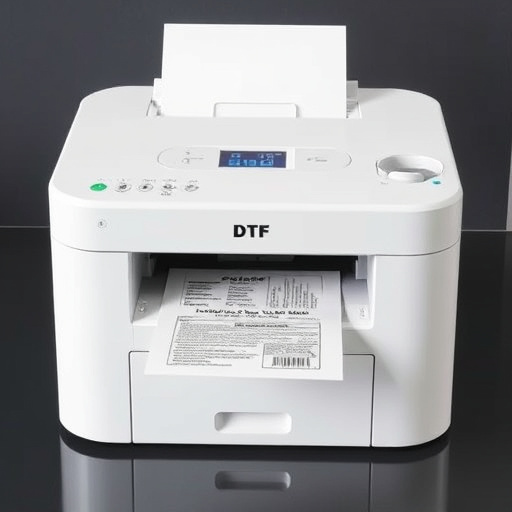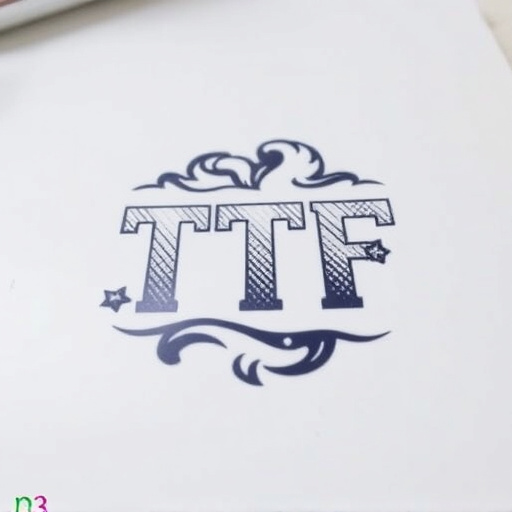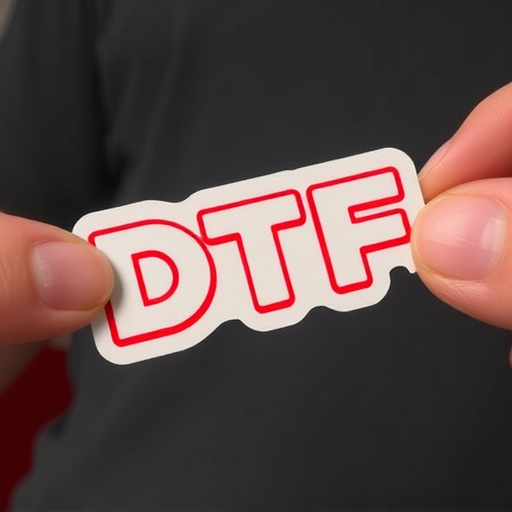Understanding DTF transfer processes for ready-to-press items is crucial before troubleshooting. This method prints custom designs directly onto fabric using specialized printers. A pre-press checklist ensures accuracy and compatibility, while precise temperature and pressure during transfer guarantees high-quality results. Common issues like ink bleed and registration errors can be prevented by using quality materials and alignment. Troubleshooting involves checking design resolution, ink settings, film alignment, cleaning print heads for dried ink residue if problems persist.
Experiencing issues with your DTF (Direct to Film) transfer ready to press? This comprehensive guide tackles common problems like ink bleed, registration errors, and more. By understanding DTF transfer basics and executing a thorough pre-press checklist, you can avoid costly delays. Discover step-by-step troubleshooting solutions to ensure flawless results for your next print project.
- Understanding DTF Transfer Basics: Pre-Press Checklist
- Common Issues: Ink Bleed, Registration Errors & More
- Troubleshooting Solutions: Step-by-Step Guide to Fix Problems
Understanding DTF Transfer Basics: Pre-Press Checklist
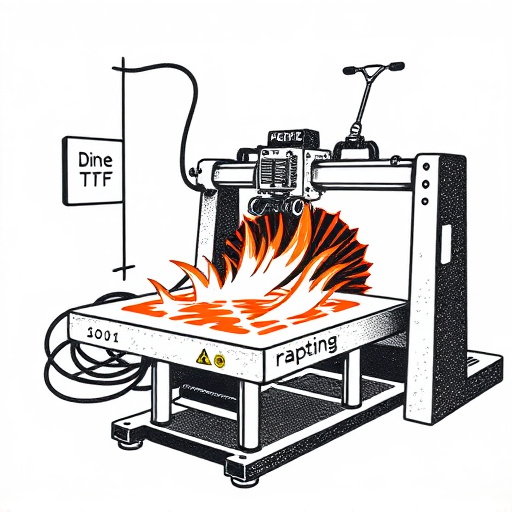
Before diving into troubleshooting, it’s essential to grasp the fundamentals of DTF (Direct to Fabric) transfer processes ready to press. A DTF for t-shirts or logos for clothing brands involves directly printing onto fabric using specialized printers, offering a fast and efficient method for creating custom designs. This technology has revolutionized the way we produce personalized clothing, making it accessible to businesses and individuals alike.
A pre-press checklist is your secret weapon to ensure smooth sailing during the DTF transfer process. Here are some key steps: double-check design accuracy, confirm fabric compatibility with the dtf printer, ensure proper ink settings, and verify that the fabric is clean and free from debris. Additionally, maintaining the right temperature and pressure during the transfer is paramount for achieving crisp, long-lasting results, ensuring your final product meets high-quality standards.
Common Issues: Ink Bleed, Registration Errors & More

When preparing DTF transfers ready to press, several common issues can arise that disrupt the printing process and overall quality. One of the most frequent problems is ink bleed, where the edges of the design appear smudged or runny due to excess ink seeping through the transfer paper. This often occurs when the ink is not properly cured during the printing stage, leading to a loss of precision in the final transfer.
Registration errors are another prevalent concern for DTF enthusiasts. These occur when the printed image does not line up perfectly with the t-shirt or other substrate, resulting in misaligned designs and an unappealing finish. Such issues can stem from various factors, including improper printing settings, ink types, or even slight variations in the material’s surface texture. Luckily, these problems can be mitigated by using high-quality materials, such as a best dtf printer, and ensuring precise alignment during application to achieve crisp and accurate DTF for t-shirts.
Troubleshooting Solutions: Step-by-Step Guide to Fix Problems
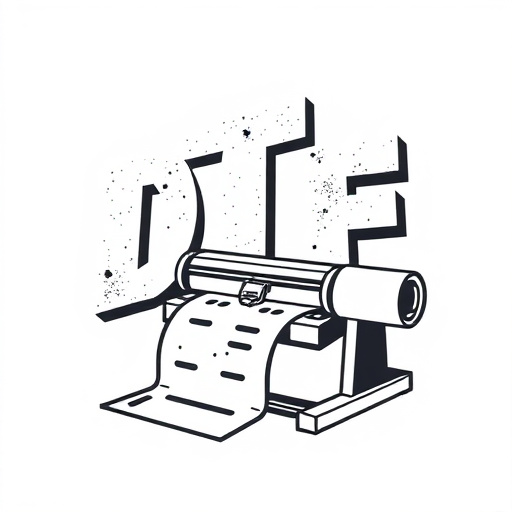
When encountering issues with DTF (Direct to Film) transfers ready to press, a step-by-step approach can significantly streamline the troubleshooting process. Begin by double-checking the quality of your design file; ensure it adheres to the correct resolution and format requirements for the direct to film printer you’re using. Pixelated or low-resolution images are common culprits behind transfer problems.
Next, verify the ink settings on your printing software. Different inks have varying properties, and improper selection can lead to unsatisfactory prints. Consult your printer’s manual for the recommended ink profiles suitable for DTF transfers. Additionally, check the film alignment and ensure it’s correctly positioned in the printer. Misaligned films can result in inaccurate color reproduction and potential transfer failures. If issues persist, consider cleaning the film and print heads thoroughly; dried ink or residue can cause blockage and disrupt the printing process.
When troubleshooting DTF transfer ready-to-press issues, a thorough understanding of the process and common problems is key. By following the pre-press checklist and implementing the step-by-step solutions provided, you can effectively address ink bleed, registration errors, and other challenges. With these strategies in place, you’re well-equipped to produce high-quality DTF transfers every time.




